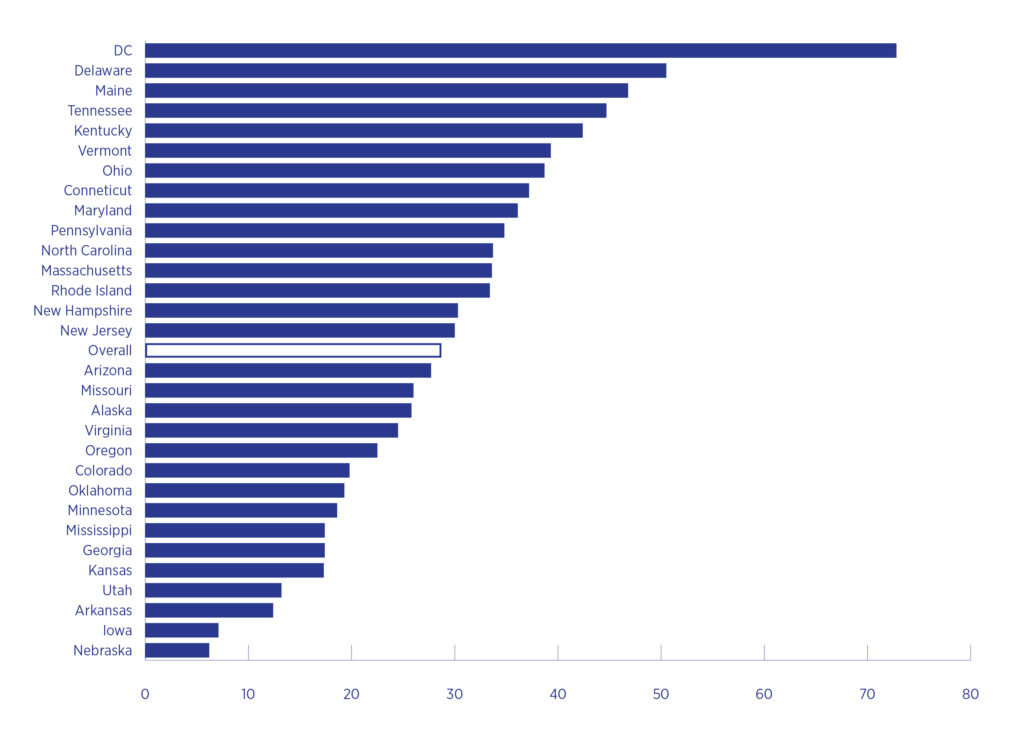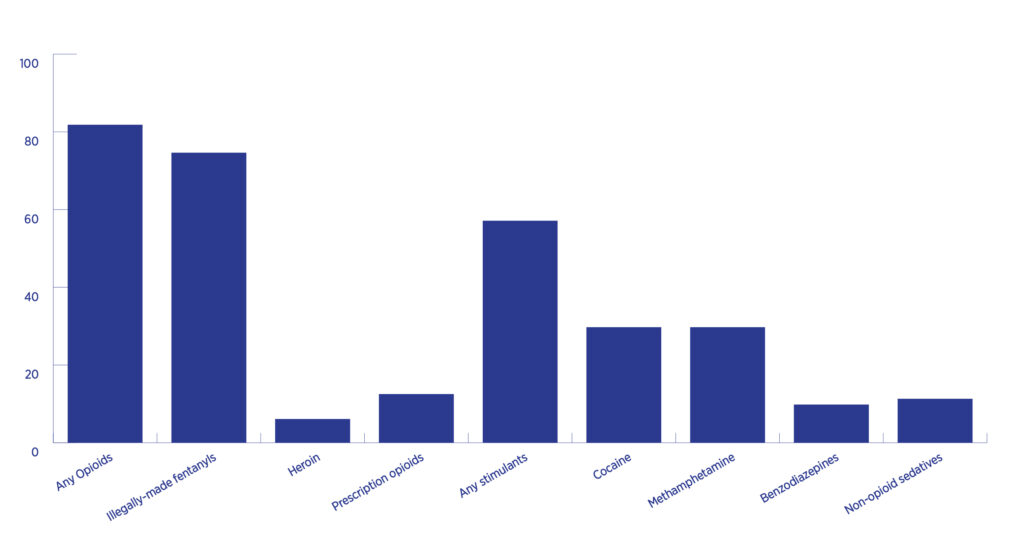Drug use can be a tricky road, and it affects people in many different ways. For some, it’s like dipping their toes in the water—a casual thing that seems harmless at first. But for others, it can turn into something much more challenging and life-altering.
It’s like this puzzle we’re all trying to figure out, especially when it comes to addiction. Why does it grip some people tightly while others seem to walk away unscathed? That’s where our passion for neuroscience comes in at the National Center for Wellness and Recovery.
More than 100,000 people in the U.S. died of an overdose in 2022.
Centers for Disease Control and Prevention
Dangers of Drug Use
According to the Drug Enforcement Administration (DEA), using drugs can be a real roller coaster ride. There are some pretty serious risks involved, both in the short term and the long run. In simple terms, when you use drugs, it’s like taking a gamble with your health and well-being. There’s the immediate danger of overdose, which can be fatal. Plus, drugs can affect your judgment.
Addiction and substance use disorder can affect families, strain relationships and hurt entire communities. It’s like a domino effect, impacting not just the person using drugs but everyone around them. That’s why we’re diving deep into neuroscience research—trying to uncover the secrets of addiction, why it hits some folks harder and how we can help. We want to understand the science behind the genes, the brain chemistry and how our environment plays a role. And with that knowledge, we hope to offer personalized solutions and support to those dealing with addiction.
Here at the National Center for Wellness and Recovery, we’re firm believers that by cracking the code of addiction through neuroscience, we can light the way to better interventions, more awareness and a brighter future for everyone touched by addiction and substance use disorders.
Rate of overdose deaths by state, 2022

See the latest data on fatal drug overdoses from the Centers for Disease Control and Prevention’s SUDORS dashboard.
Percentages of overdose deaths involving select drugs and drug classes in 2022, overall (30 jurisdictions)
81.8% of deaths involved at least one opioid and 57.1% involved at least one stimulant. Illegally-made fentanyls were the most commonly involved opioids. The most common stimulant involved in overdose deaths was cocaine.

See the latest data on fatal drug overdoses from the Centers for Disease Control and Prevention’s SUDORS dashboard.
Start Your Journey to Recovery
Help for Addiction
Find services, treatment facilities, research-backed educational materials and 24-hour support for substance use and mental health disorders.